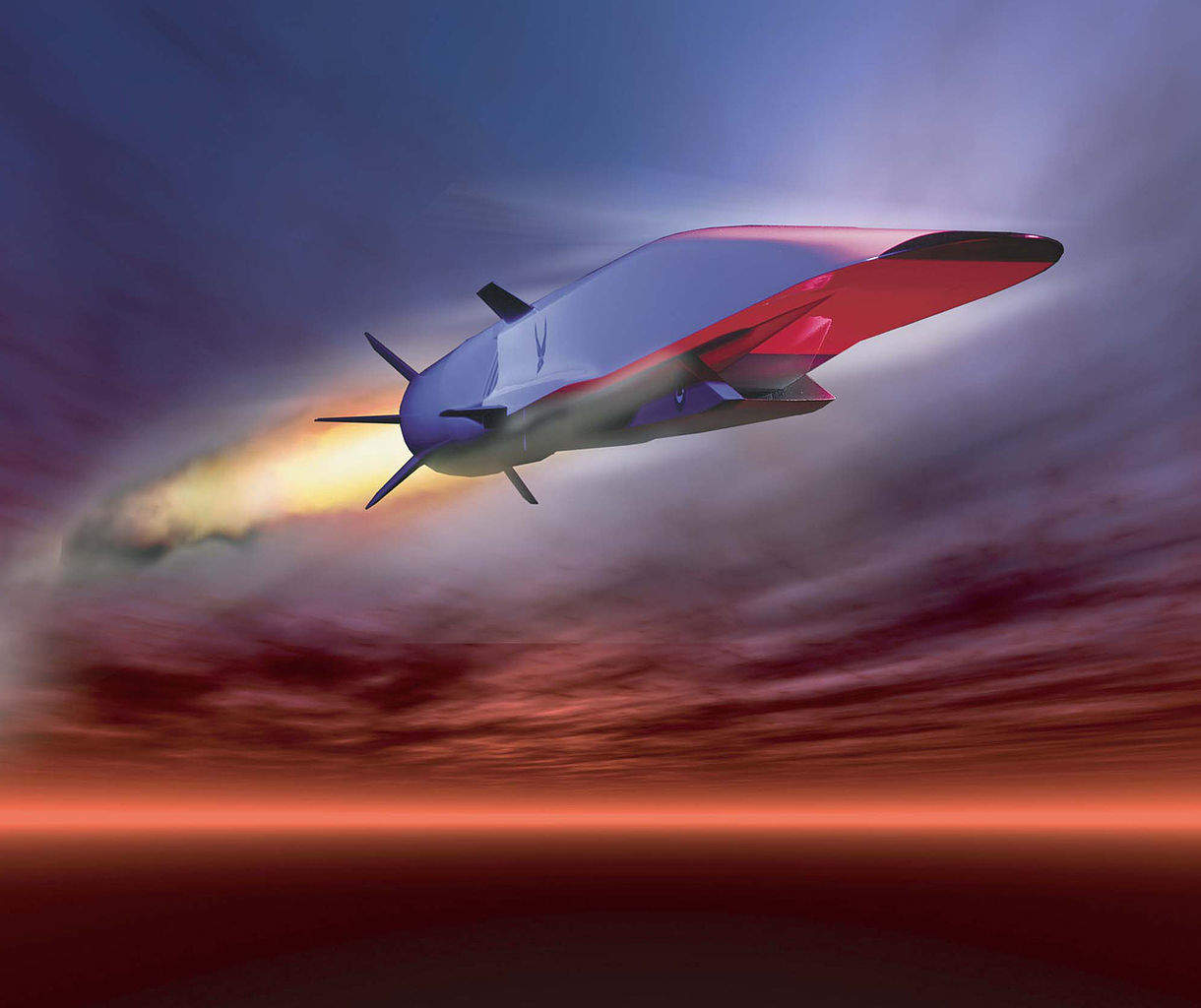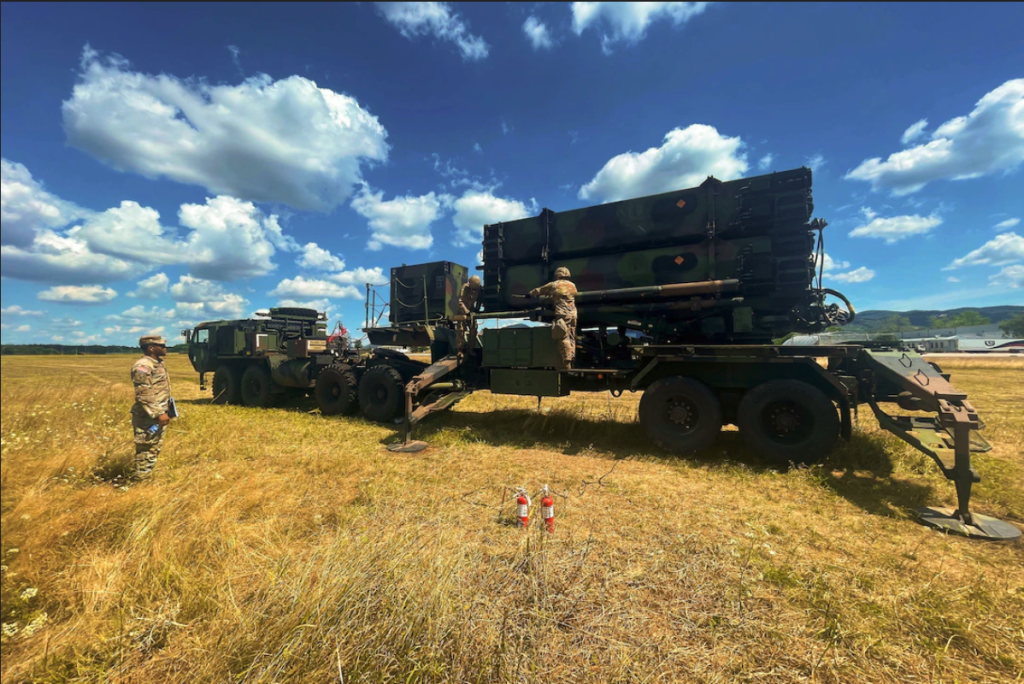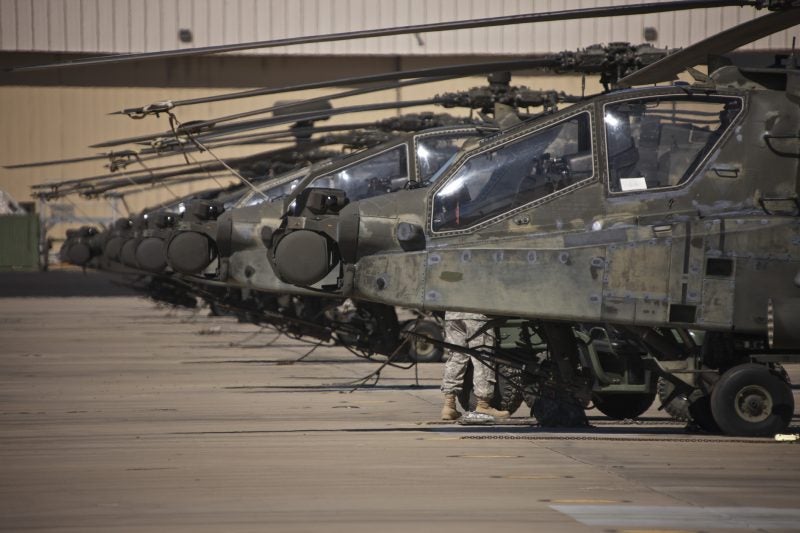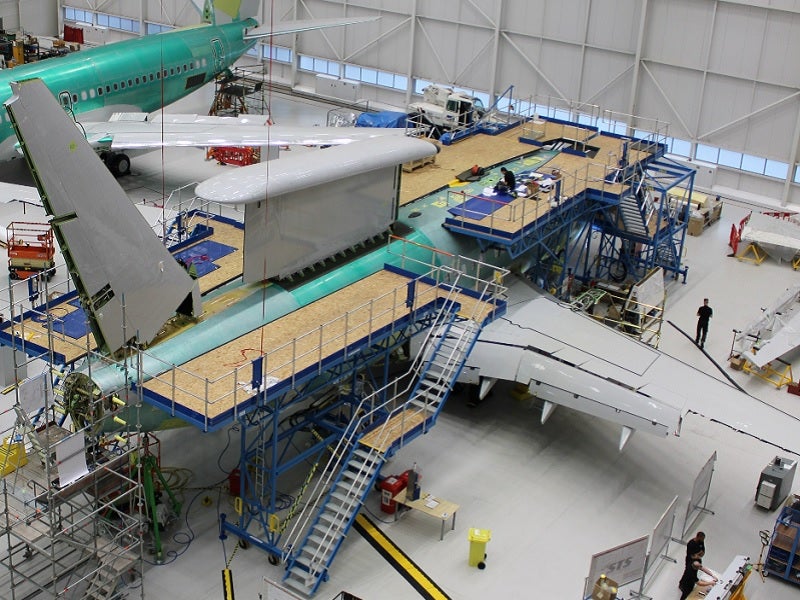
Although the concept of hypersonic flight has been around for a surprisingly long time, it is no simple matter to turn that idea into a functioning reality capable of travelling at more than five times the speed of sound – over 3,836 miles per hour, or a staggering 1.7 kilometres a second.
The physics of the airflow alone places massive demands on airframe design, not least the generation of temperatures in excess of 1,500oC that will melt conventional aircraft materials. At relatively low hypersonic speeds, the molecular bonds in the air itself vibrate, changing the aerodynamic forces acting on the surface of the aircraft; faster and those bonds are torn apart, producing an ionised, electrically-charged plasma envelope around the vehicle. It is clearly not a design-challenge for the faint-hearted, but in the light of the announcement of a recent major test success, the hypersonic air force may no longer be quite so far away.
HIFiRE success
In July, news emerged that the US Air Force research laboratory (AFRL) and Australia’s Defence Science and Technology Group (DST) had successfully concluded a test flight as part of the collaborative Hypersonic International Flight Research Experimentation (HiFIRE) programme.
The flight took place at the Woomera test range in South Australia and, while few details are available, it appears to have involved launching a free-flying hypersonic glider, ‘Hyshot-V’, into space atop a rocket booster. According to a statement from BAE Systems, one of the partner organisations in the project along with Boeing and the University of Queensland, this was “the most complex of all HIFiRE flights conducted to date.”
The next, planned for 2019, will fly a Hyshot vehicle horizontally under its own power, for up to a minute at around Mach 8. Achieving hypersonic speed without a rocket, however, calls for a very different kind of engine.
The scramjet
Temperature and pressure considerations effectively limit conventional turbo-jet engines to a maximum speed of no more than Mach 3 before the internal environment becomes too hot and hostile for an engine’s moving parts to function. Going faster than this has traditionally involved rockets but, unlike a jet, a rocket must carry all the oxygen necessary for combustion itself, which can sometimes make up as much as 60% of the whole vehicle’s weight, and which obviously imposes its own set of costs and constraints. The solution is the scramjet, a supersonic version of the ramjet, an air-breathing jet engine that uses the forward motion of the engine itself to compress the air required, without the need for a turbo- jet’s compressor mechanism.
Never-the-less, the ramjet/scramjet system itself has one major limitations; it can only generate thrust when the engine is moving, and that means that it cannot accelerate from a standing start. Any scramjet-powered hypersonic aircraft will need a conventional engine too, to get it into the air in the first place and bring it up to the initial airspeed necessary for the scramjet to kick in.
A future ‘Generation H’ of fighters capable of hypersonic speed is, of course, an appealing prospect for any air force, and unsurprisingly there are research projects underway in a number of countries seeking the edge in what promises to be a defining technology for the decades ahead.
Throughout much of both the piston and jet engine eras, for fighter aircraft ‘better’ meant faster, at least until everyone had warplanes operating at the limits of turbo-jet possibilities. From there, the shift was increasingly to stealth, but now, as detection capabilities improve across the board, the time could soon be right for the pendulum to swing again, and ‘speedy’ replace ‘stealthy’ as the key factor in aerial combat.
Technology convergence too could play a part in the uptake of hypersonic flight in a combat role. The meteoric rise of unmanned aerial vehicles (UAVs) over recent years and their widespread deployment across virtually the entire mission spectrum has brought the day when all fighter pilots will have been well and truly removed from their cockpits ever closer. It is arguably a much bigger step from the autonomous take-offs, landings and refuellings of the US Navy’s record-setting, carrier-based ‘Salty Dog’ to Lockheed’s SR-72 unmanned hypersonic spy plane, which could be operational by 2030, than from the SR-72 to hypersonic fighter drones.
The future of manned/unmanned fighters aside, the most immediate military application of hypersonic flight technology would seem likely to be in a new generation of missiles.
Mach 5 missiles
A fortnight before the announcement of the successful test flight at Woomera, the US Air Force issued a ‘Sources Sought’ notice for “a hypersonic, conventional air-launched strike weapon” that can be launched from existing combat aircraft. This call is for a system that can be brought into service very quickly, which effectively seems to rule out scramjets in favour of rocket propulsion, but other projects around the globe are working to develop both boost-glide and air-breathing hypersonic missiles for the future.
The Pentagon’s Prompt Global Strike (PGS) initiative and the High Speed Strike Weapon (HSSW) programme are probably two of the best known. PGS is intended to produce a precision guided conventional weapon that can be deployed anywhere in the world in under an hour, while HSSW has seen the development of the Boeing X-51 Waverider scramjet, which achieved a record-setting 210 seconds of powered hypersonic flight in 2013.
Hypersonic missiles have two great selling features. Firstly, as Boris Obnosov, CEO of the Russian Tactical Missile Systems Corporation, put it recently in a press briefing for Russian media, “when missiles will be capable of flying through the atmosphere at speeds of 7-12 times the speed of sound, all [air] defence systems will be weakened considerably.”
In effect, it becomes impossible to hide assets away quickly enough to get them out of danger, and even normally well protected targets – and this includes the likes of aircraft carriers – will find it difficult to detect and stop something travelling that fast. Secondly, these missiles will be highly manoeuvrable too, and can be re-targeted in-flight; it is not hard to see why many have come to regard them as a potential game changer for air power.
Russia and China
With so much to be gained, the US does not have the monopoly on hypersonic missile development and both Russia and China are known to be working on similar projects, although the details are seldom made public. Never-the-less, Obnosov, has said that he fully expects air-launched hypersonic missiles capable of reaching Mach 6 to 8 to be ready as soon as 2020, in time for the new Tupolev PAK-DA strategic bombers due to enter service in 2023. He expects faster missiles will follow, and then piloted hypersonic aircraft around 2030 or 2040. Long before that, Russian Kirov-class cruisers are likely to be fielding the 3K-22M Zircon hypersonic cruise missile, with serial production of this scramjet-powered, anti-ship weapon scheduled to begin in 2018.
Chinese hypersonic programmes are even more opaque, but it appears that China is actively pursuing the technology, not least with the WU-14 glider, which is rumoured to be set for production towards the end of the 2020s.
It remains to be seen who will ultimately come out on top of the hypersonic league, but it seems clear that the technology could force a fundamental shake up of our understanding of air dominance, and possibly the established strategic balance of power too.




